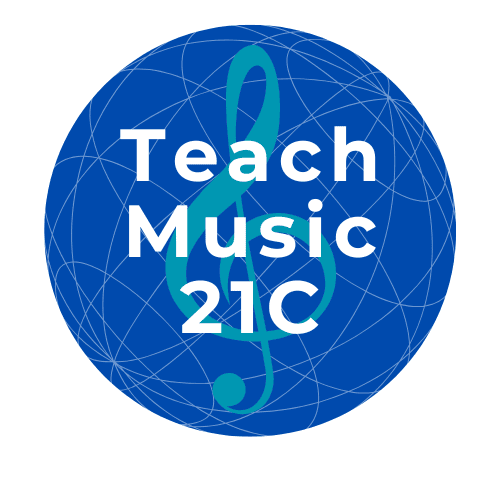It's an immense pleasure to welcome Paul McGlinchey (TM21C Executive in charge of Community Outreach) as author for this post. Thank you Paul for your insight into music teaching and commitment to Teach Music 21C.
Repetition is a foundation of music practice. But do students actually know how to do it? Do we teach them how to turn mindless repetition into a focused effective process? Can we teach this set of skills with the same attention, patience, and intentionality that we bring to foundational techniques like hand position, breath, or bow? The problem is that students likely don't know how to do repetitions effectively; leading to frustration, wasted time, and anxiety over their lack of progress.

In my own music practice, I developed a process based on my study of Accelerated Learning. I realized that breaking repetition into clear, focused steps—prepare, play, reflect—helped me overcome frustration and improve my progress more effectively. Over time, I found that this procedure aligned closely with the principles of Deliberate Practice, a well-established method for mastering complex skills. This simple act of bringing focus and attention to each repetition has transformed practice for myself and for my students.
This is the process I use and teach, designing repetitions that are focused, effective, and a
safe space to make mistakes:
Prepare – Before playing a single note, we take a moment to clarify what we're about to do. What’s our goal? Are expectations clear? If not, adjust them. If they are, visualize the success we want to hear, feel, and see.
Play – Now, engage fully with the music. Focus on bringing intention to life. Listen closely. What’s working? What needs adjustment? Make a recording, if helpful.
Reflect – After playing, pause to reflect on the performance. Listen to the recording, if one was made. How did it go? What matched expectations, and what didn’t? Be as detailed as needed. Identify what to keep the same and what to refine for next time.
Imagination, heightened experience, and reflection. This micro-practice design turns the iterative nature of repetition into a cyclical catalyst for students to build strong mental representations—the mental images and expectations that guide learning.

Anders Ericsson, in his book Peak, explains that mental representations help us understand, interpret, and organize information, making learning more effective. As Ericsson points out, this relationship between skill and mental representations is a "virtuous cycle":
• the clearer a student’s mental model, the more effectively they can practice,
• and the more effectively they practice, the clearer their mental model becomes.With each repetition, this cycle deepens learning and helps students make meaningful progress.
When I began teaching this process to my students, I saw immediate improvements in how they approached their practice sessions. By clarifying how to do repetitions, each one becomes an opportunity for exploration, imagination, and flow. Students could hear and feel their progress. This led them to be more engaged and confident in their abilities. I ended up sharing this process with other teachers, who taught it to their students, who in turn shared their sense of progress and feelings of enjoyment.
Repetition isn’t just something students do—it’s something they can learn how to do well.
As teachers, we already shape how students approach music. And while teaching students what to practice is important, teaching them how to practice is transformative.
By making prepare, play, reflect a habit, we help them build a lifelong skill—the ability to learn efficiently and with purpose. And when they experience that kind of success, they’re far more likely to stay engaged and motivated.
